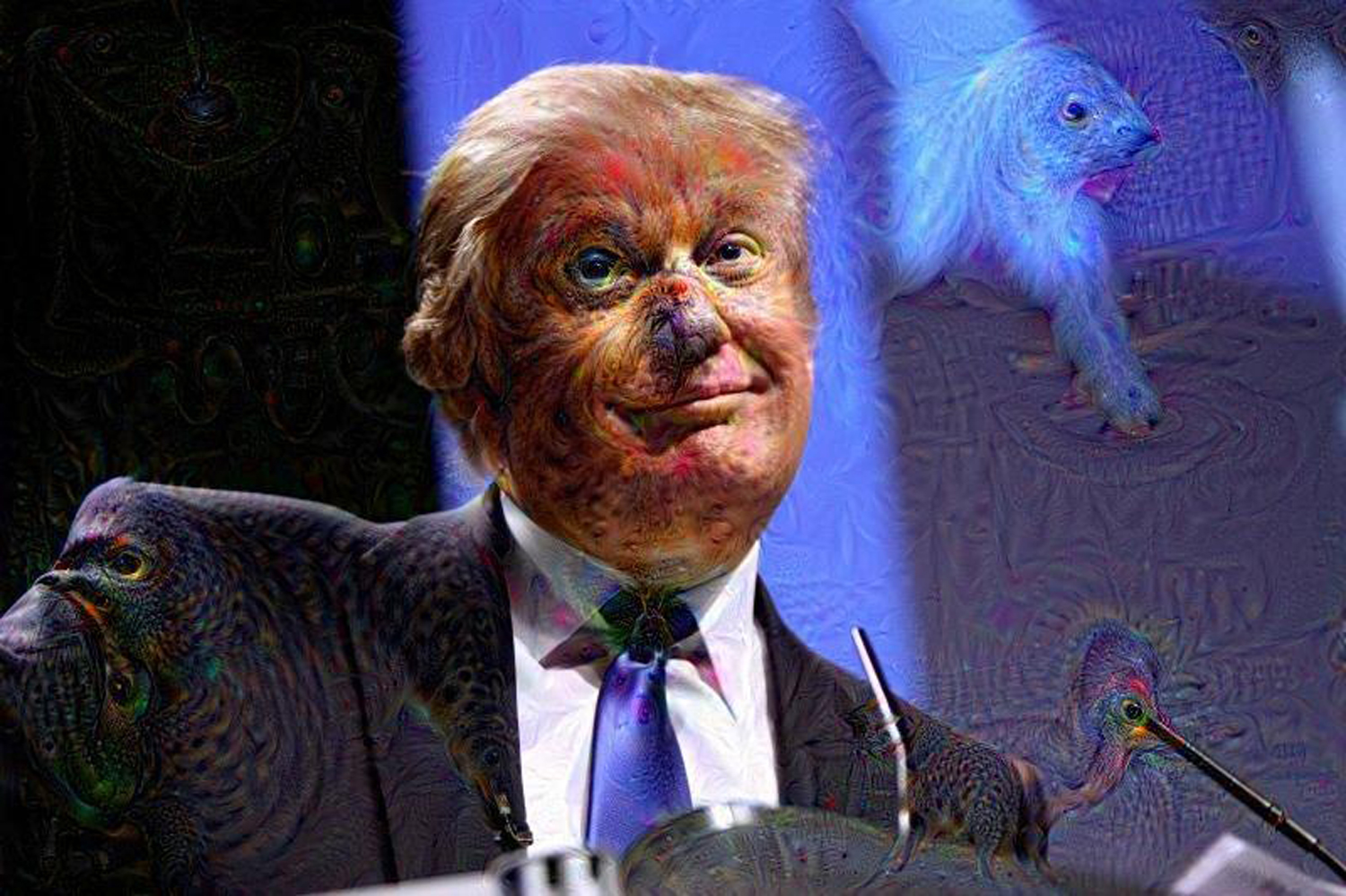Why I’m Backing Deep Drumpf, And You Should Too
By funding women in tech, this tremendous algorithm will make America so great it’ll make your head spin, believe me.
This year’s U.S. presidential election has been pretty nutty. An algorithm that spews incoherent and outrageous soundbites might not even be the worst candidate in the running.
Just such an algorithm, called Deep Drumpf, has indeed entered the race. Built using a deep-learning algorithm that’s been fed the transcripts of numerous Donald Trump speeches, it automatically generates tweets that seem remarkably similar to many of those issued by the candidate himself.
Take, for instance, this recent statement on defense:
This story is only available to subscribers.
Don’t settle for half the story.
Get paywall-free access to technology news for the here and now.
Subscribe now
Already a subscriber?
Sign in
You’ve read all your free stories.
MIT Technology Review provides an
intelligent and independent filter for the
flood of information about technology.
Subscribe now
Already a subscriber?
Sign in
Or this, on national security:
Obviously an algorithm can’t really run for president, but Bradley Hayes, a robotics researcher at MIT, who first developed Deep Drumpf in March, launched the fake campaign to raise money for GirlsWhoCode, an unaffiliated organization that aims to close the gender gap in science, technology, engineering, and mathematics fields, after the recent focus on the treatment of women in the election.
Whatever you think of Trump—or Hillary Clinton, for that matter—it’s a great cause to highlight, since diversity is sorely lacking across tech.
Hayes developed Deep Drumpf in his spare time “to highlight the absurdity of the election cycle.” And it does a great job of mimicking the style and content of tweets from the real Republican candidate for president.
What’s also interesting, from an AI perspective, is that it’s usually very difficult for an algorithm to convincingly parse and generate language. But Hayes says Trump’s mode of speech is so disjointed and often ham-fisted that it proved particularly amenable to algorithmic parody. “He interrupts himself a lot, and goes off on tangents quite a bit. And that’s actually incredibly convenient for me as the person trying to model his speech patterns,” he says.
(Sources: DeepDrumpf 2016, “10 Breakthrough Technologies: Deep Learning,” “AI’s Language Problem”)
